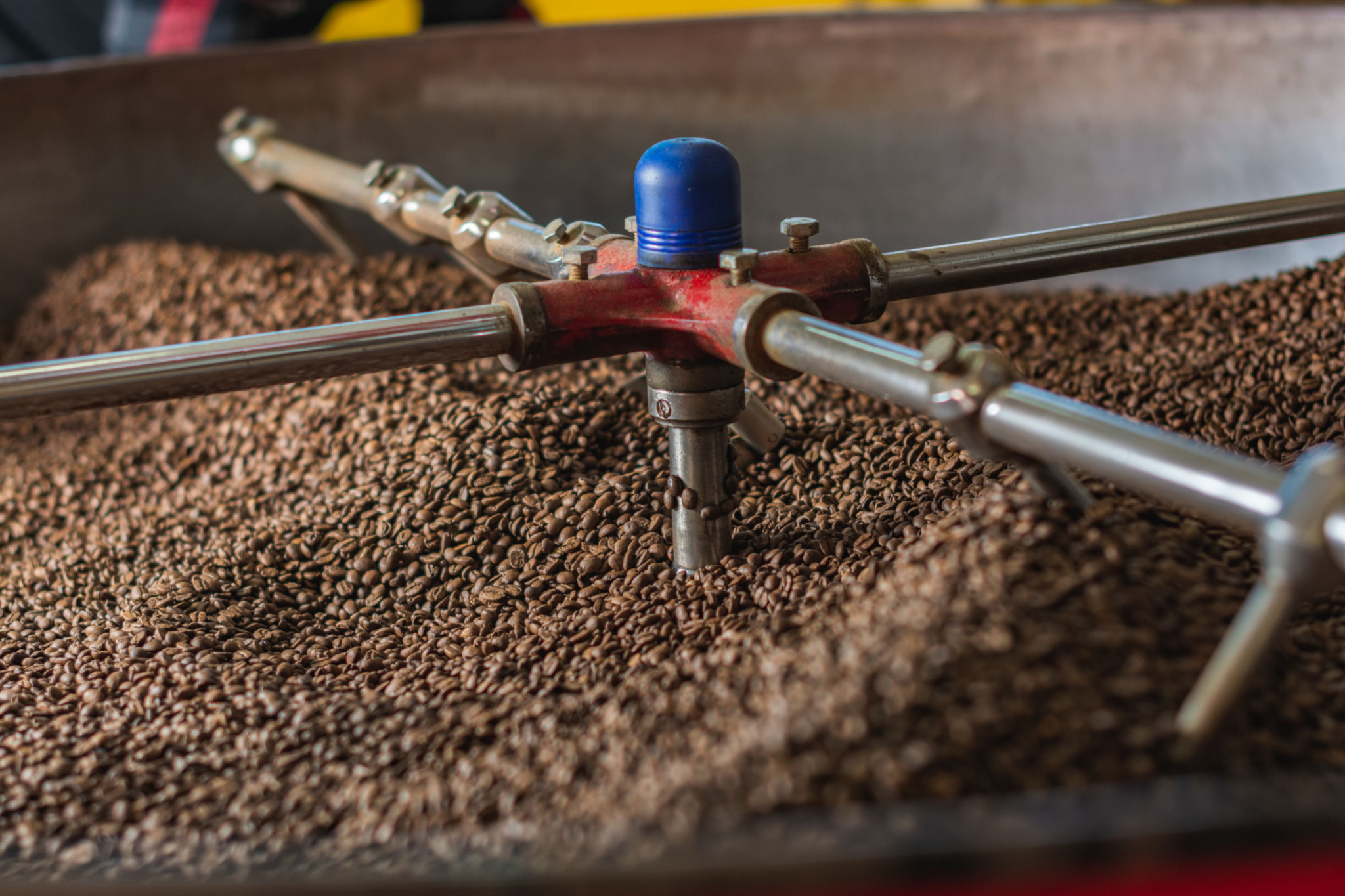Understanding SQF Standards: Ensuring Your Food Products Meet Global Safety Requirements
Understanding SQF Standards
Food safety is a paramount concern for producers, retailers, and consumers worldwide. With the increasing complexity of global supply chains, adhering to strict safety standards is crucial. The Safe Quality Food (SQF) Program is one such standard designed to ensure that food products meet global safety requirements. Developed by the Food Marketing Institute, SQF is a comprehensive certification system that provides confidence in food safety and quality.

What Are SQF Standards?
The SQF standards are recognized globally and are designed to meet the needs of different sectors within the food industry. They cover all aspects of the supply chain, from primary production to manufacturing, distribution, and retail. By implementing SQF standards, businesses can demonstrate their commitment to producing safe and high-quality food products.
The SQF Program is divided into three levels of certification:
- Level 1: Addresses fundamental food safety controls appropriate for low-risk products.
- Level 2: Incorporates food safety fundamentals and a Hazard Analysis Critical Control Points (HACCP) plan.
- Level 3: Focuses on comprehensive food safety and quality management systems, including a detailed HACCP plan.
Benefits of SQF Certification
Achieving SQF certification offers several advantages for businesses. Firstly, it provides a competitive edge in the market by demonstrating a commitment to food safety. Retailers and consumers are more likely to trust brands that adhere to recognized standards. Additionally, SQF certification can enhance operational efficiency by identifying potential risks and implementing effective controls.

Moreover, being SQF certified can open up new business opportunities. Many retailers and buyers require suppliers to have third-party certification like SQF, which can lead to expanded market access. This certification also helps businesses comply with regulatory requirements, reducing the risk of legal issues related to food safety.
Steps to Achieve SQF Certification
Attaining SQF certification involves a series of systematic steps. Initially, businesses must understand the specific requirements of the relevant SQF code for their sector. This involves conducting a gap analysis to identify areas where current practices fall short of SQF standards.
Next, companies need to develop and implement a comprehensive food safety management system that aligns with the chosen level of certification. This includes creating detailed documentation such as policies, procedures, and records to support the system's effectiveness.

The Role of Training and Audits
Training is a critical component of achieving and maintaining SQF certification. Employees at all levels must be trained in food safety principles and practices relevant to their roles. Regular training ensures that staff are up-to-date with the latest standards and can effectively implement them in their daily operations.
Once the system is in place, an independent third-party audit is necessary to verify compliance with SQF standards. The audit assesses the effectiveness of the food safety management system and identifies any areas for improvement. Successful completion of the audit leads to certification, which must be maintained through regular re-evaluations and continuous improvement efforts.
Conclusion
In an increasingly interconnected global market, ensuring food safety is more important than ever. The SQF Program provides a robust framework for businesses to demonstrate their commitment to producing safe, high-quality products. By understanding and implementing SQF standards, companies not only protect consumers but also enhance their own operational efficiency and competitiveness in the marketplace.
